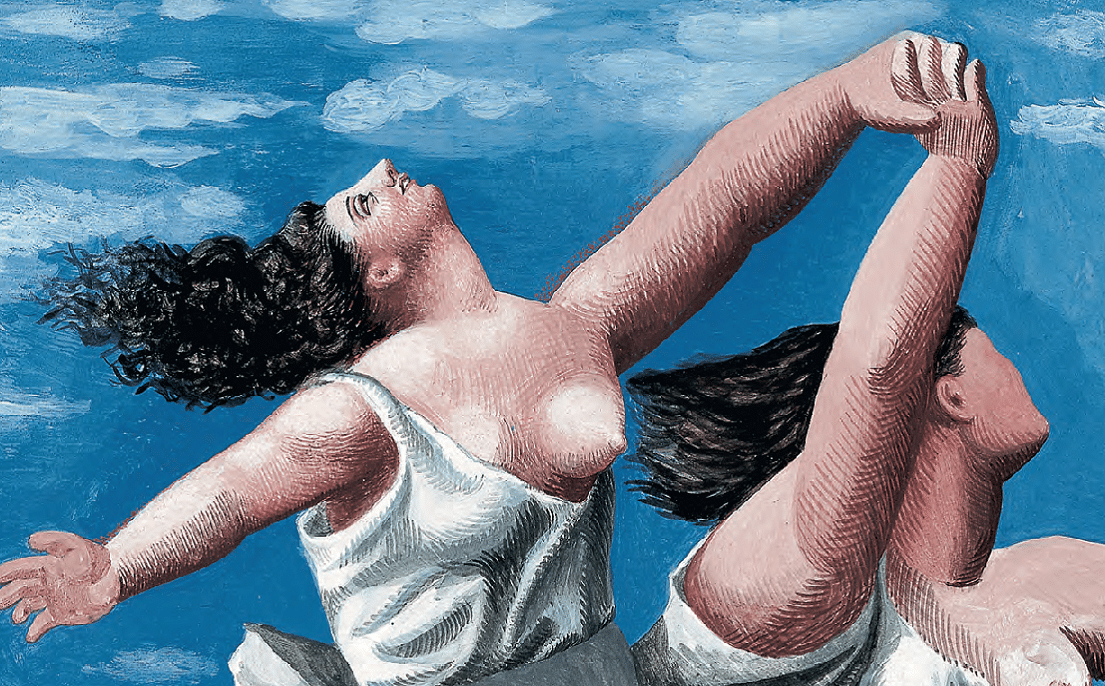Longevity and aging in the third millenium
Authors: José Miguel Rodríguez-Pardo & Antonio López Farré
The phenomenon of human longevity can be addressed from two different approaches. Firstly, from a population demography perspective, by applying complex biometric statistical models, the results of which have proven this to be a robust approach for understanding the dynamic of survival and projecting it in the medium term with reasonable predictive capacity. The second approach can be found in biomedicine, where the level of biological deterioration of the individual or senescence is determined through the analysis of specific biomarkers.
Both fields of knowledge may encounter the use of the variable biological age insofar as it explains individual aging and is capable of determining life expectancy as a predictor with a higher degree of precision than that provided by chronological age.
Longevity in the third millennium
The 20th century can be considered the century that has contributed, like no other period in history, to the increase of life expectancy in all four corners of the planet. The analysis of the causes that explain this unprecedented increase is based on multiple factors, such as improved sanitary conditions, universal access to medicine, the gradual decrease of poverty rates, and the development of medicine itself.
The improvement in life expectancy can be seen in all age cohorts and it was at the end of the century that we began to reach ages known as the fourth age (85 years), defined as the new age used to define an elderly person.
In the 21st century, in terms of human survival, we are seeing a new phenomenon emerge in the form of the gradual increase of the centenarian population. While today it remains exceptional to live to the age of 100, as the century progresses, it will not be uncommon to know and live with people who have lived for over 100 years.
It can be said that the societies with the best longevity records have started a process of considering age independently of mortality at least until the age of retirement. The only biometric uncertainty is that of knowing whether future generations will be capable of surviving to over the age of 115 (known as super-supercentenarians), and whether 120 will be surpassed as the maximum age for human life. Recent studies that model the survival of these extreme age cohorts conclude that the mortality rate does not increase with age. On the contrary, it remains constant from the age of 105.

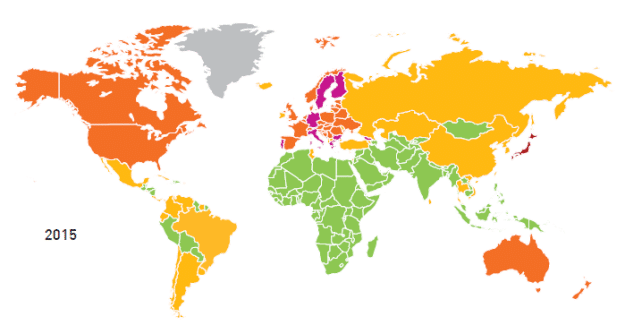
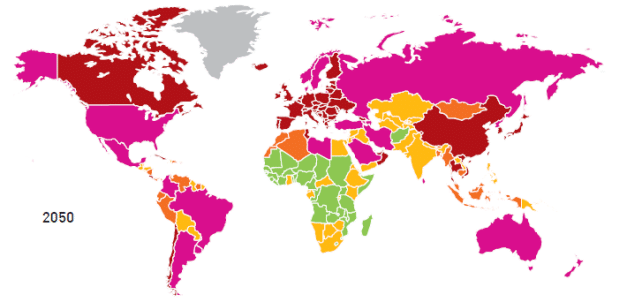
Source: ONG HelpAge International
The individual study of lifestyle in the regions singled out as the longest-living on the planet and of people who have surpassed the real human biological barrier of 115 years of age, enable us to know the gradients that explain differential human longevity. Indeed, specific lifestyle habits classed as modifiable contribute to achieving not only a better survival rate, but also a healthy existence.

Preventive medicine vs. healing medicine
Traditional medicine presents a clinical or healing approach, in other words, the purpose is to cure an illness when it manifests itself. In this third millennium, the field of action has broadened to embrace an approach known as 4P medicine, i.e., preventive, personalized, predictive, and participative.
This vision is centered around the capacity to act on human life before the biological activity of an illness has begun. In this context, knowledge of the human genome enables preventive medicine to be used to take a sub-clinical approach focused on trying to avoid the manifestation of an illness in the genetic substrate.
Biomedicine focused on the repair of cell damage – regenerative – or modification of deleterious genes, presents promising avenues for achieving a healthy senescence. Biomedical research tries to identify the genetic load that is distinctively present in people who have considerably exceeded human life expectancy.
The knowledge contributed by cellular or genetic preventive and regenerative medicine combined with complex modeling using algorithms developed with artificial intelligence techniques enables us to build a new field within biomedicine, i.e., predictive medicine. This discipline has much in common with the actuarial life insurance technique, the purpose of which is to estimate the morbimortality of the insured individual for the duration of an insurance contract.
Biological age
We can define biological age as that which corresponds to the functional state of our organs compared to standard patterns for a specific age. It is a physiological concept of the state of aging of our body. According to scientific literature, the observable difference between chronological and biological age may vary by up to around 12 years.
The process of aging is a complex one in which the cells involve different molecular mechanisms the end result of which will be cellular aging (senescence) the most noticeable reflection of which is the reduction in the proliferative capacity of the cells and in the turnover of the oldest cells as they are replaced new ones. Many of these mechanisms associated to cellular aging have been identified, such as a stimulus for the oxidation process, the reduction in length of some structures present in chromosomes known as telomeres, changes in inflammatory capacity, changes in energy metabolism and in mitochondria function or changes in molecular mechanisms associated to the functionality of blood vessels, to name but a few.
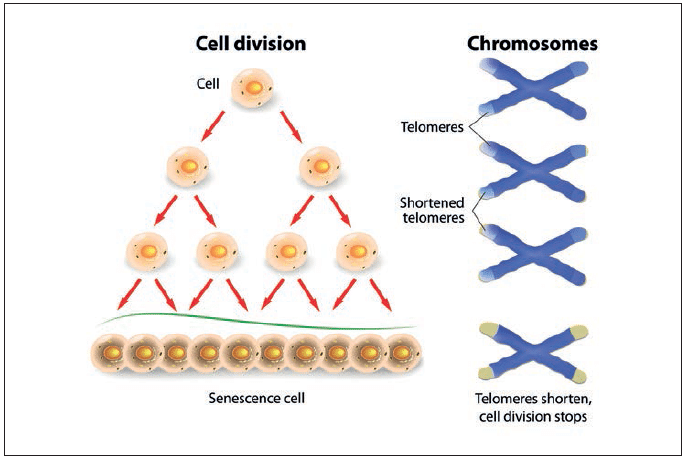
The insurance industry shows great interest in advances related to the knowledge and calculation of biological age. However, before this industry can translate the use of biological age into the measurement of mortality or morbidity risk in order to calculate the premium, several considerations need to be taken into account.
- The first is of a technical nature, consisting of the need for the unit measured to meet the necessary requirements of a variable for incorporation into the price calculation, such as representativeness and statistical sufficiency.
- The second requirement, is of an ethical nature, due to the fact that its use must uphold the principal of non-discrimination of the variable of proportionality, clinical relevance, and predictive capacity of biomarkers of all types (genetic, protein, peptide, etc.), that would make up a potential algorithm for the calculation of biological age.
The personal vision of the longevity
We can only understand the phenomenon of human aging if we tackle it from a holistic approach. Aspects such as the public and/or private supplementary pension that a person receives upon reaching retirement, equity management during this period, the sanitary system where the old person lives, illnesses specific to senescence, and the public protection system to provide for dependency, must all be incorporated into the study of longevity.
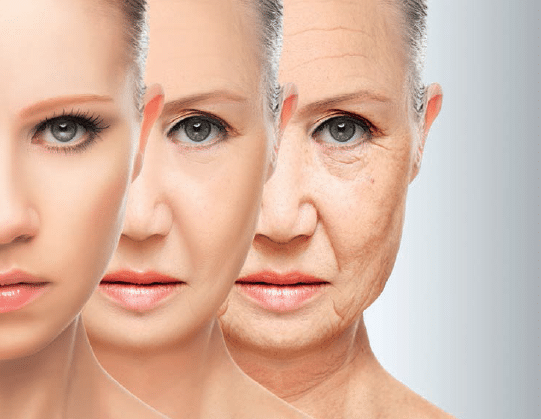
These aspects must be analyzed in detail to understand longevity not as a mere statistical indicator, but to consider the individual reality of a person who is aging. Moreover, in developed societies this process already covers a period of over 20 years of life.
Last but not least, “agedness” must go hand in hand with a favorable psychosocial environment adapted to this period, guaranteeing the elderly person the dignity they deserve, in a society that is in the midst of the third millennium, where living to older than 100 years of age is becoming commonplace.
The full analysis can be found in the report Longevity and aging in the third millennium: new perspectives (Spanish), prepared by José Miguel Rodríguez-Pardo del Castillo and Antonio López Farré, available on the following link:


